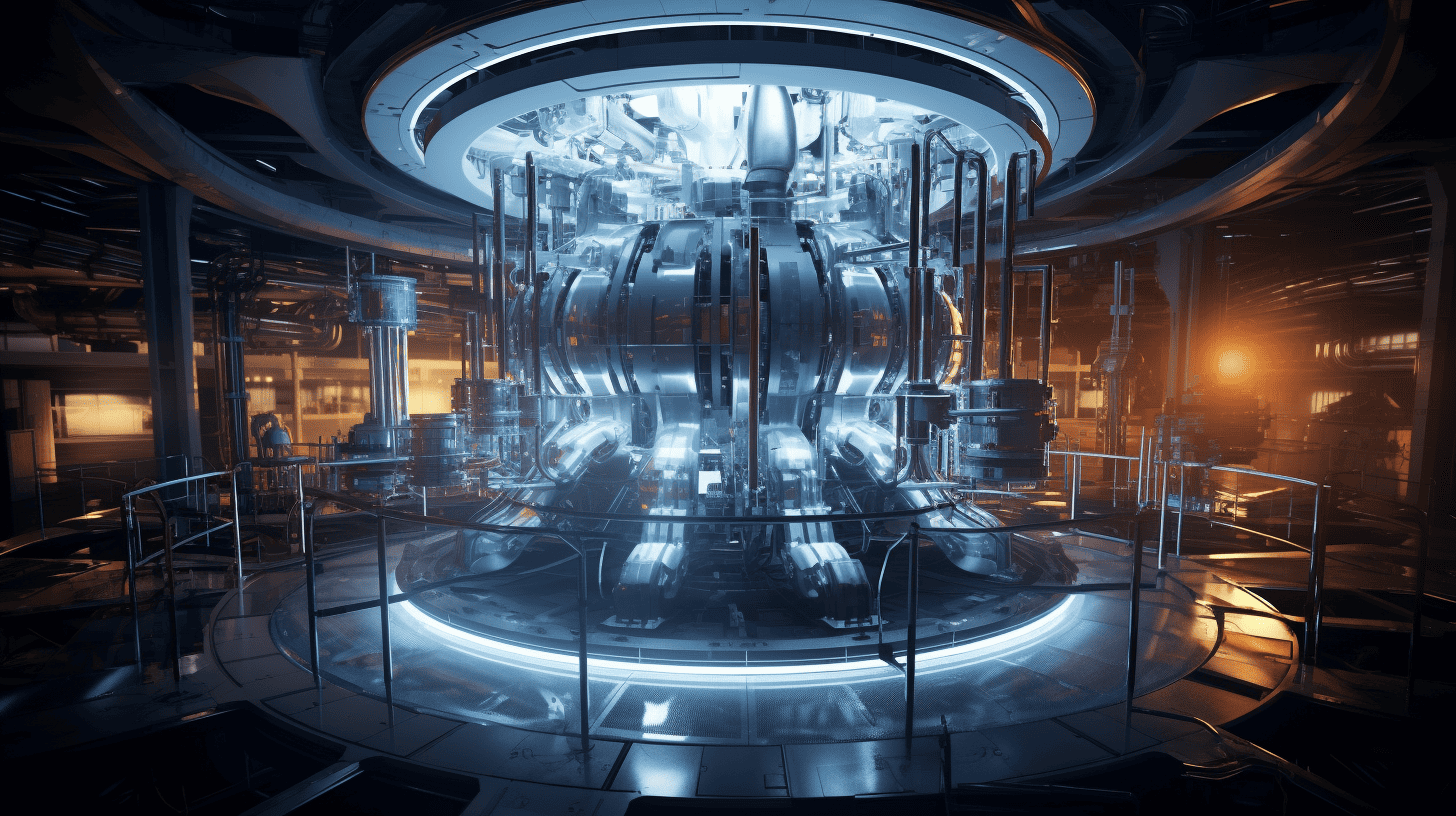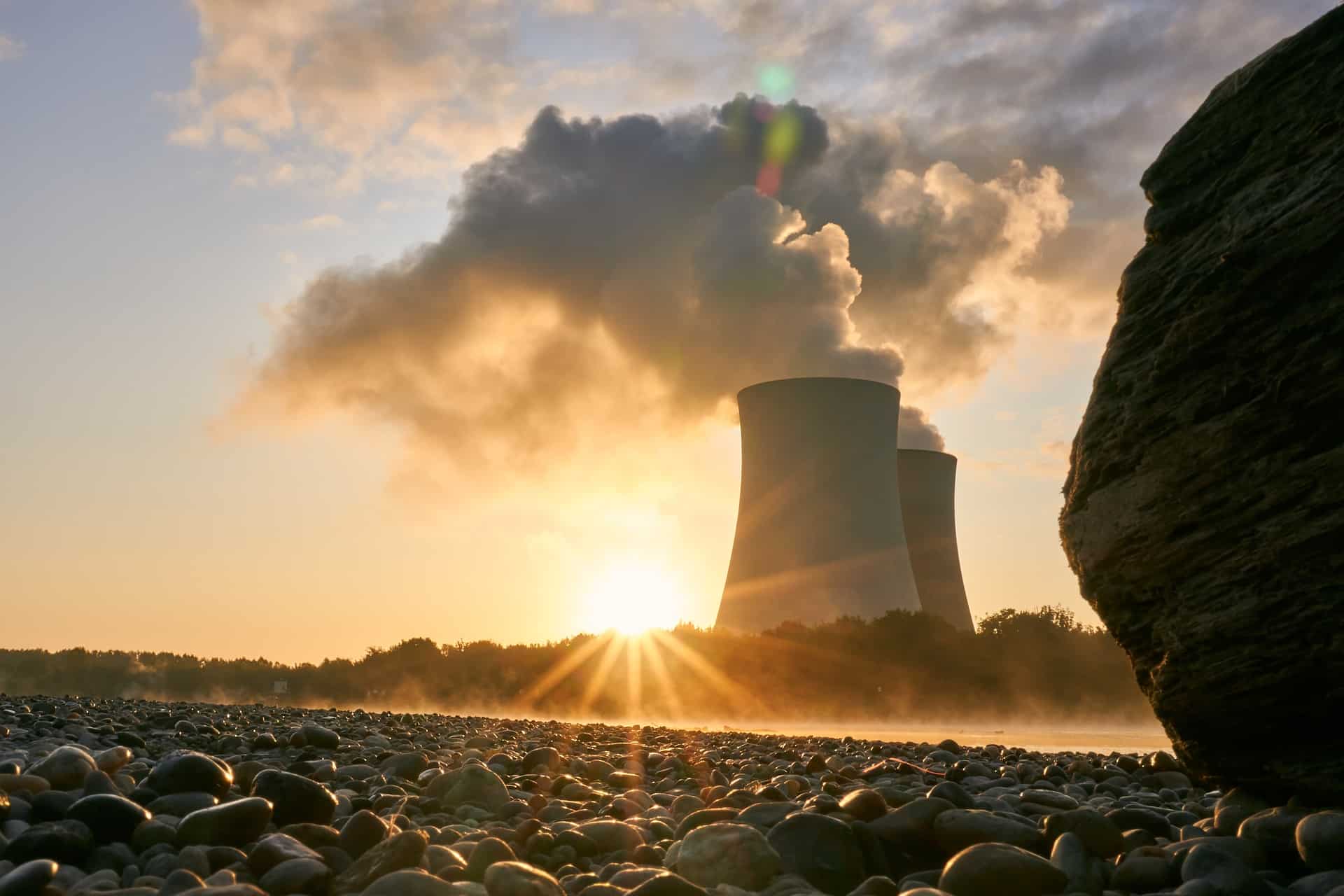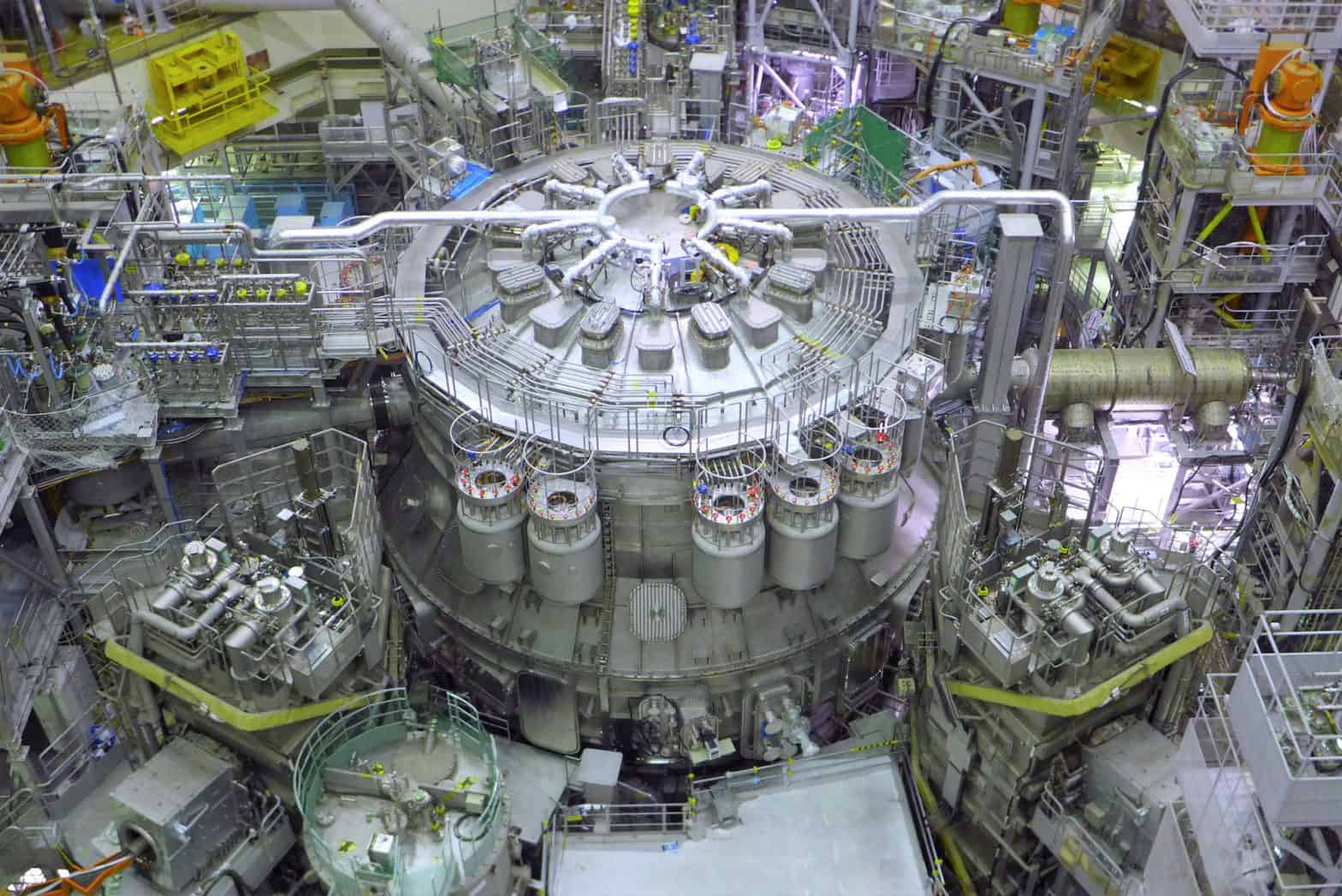
An energy revolution may be on the horizon as Japan, in collaboration with the European Union, unveils the world’s largest experimental nuclear fusion reactor. With over 500 experts and 70 companies contributing, this six-story tokamak in Naka aims to harness the power of the sun through a safe, carbon-free, and efficient energy source.
- Japan, in collaboration with the European Union, launched the JT-60SA, the world’s largest experimental nuclear fusion reactor.
- The JT-60SA represents a significant advancement in nuclear fusion and serves as a stepping stone toward the International Thermonuclear Experimental Reactor (ITER).
- This project underscores nuclear fusion’s potential as an environmentally friendly energy source.
The reactor heats plasma to a searing 200 million degrees Celsius, seeking the elusive net energy gain – a feat the US achieved last year using a different method. The JT-60SA is a critical step towards sustainable fusion energy, promising a clean power future without the risks of nuclear accidents or heavy radioactive waste.
The inauguration of the JT-60SA reactor in Naka is a testament to the collaborative spirit of scientific pursuit. It brings together over 500 scientists and engineers alongside the industrial might of over 70 companies.
The fusion vs. fission debate
The differences between nuclear fusion and fission in terms of process and product are stark. Fusion, the process driving the JT-60SA reactor, merges atomic nuclei, echoing the natural processes of stars. In contrast, fission, which powers traditional nuclear reactors, splits the nucleus of an atom. Fusion offers the allure of abundant energy with minimal waste, a stark contrast to the often controversial fission which has been marred by catastrophic incidents such as Fukushima and Chernobyl.
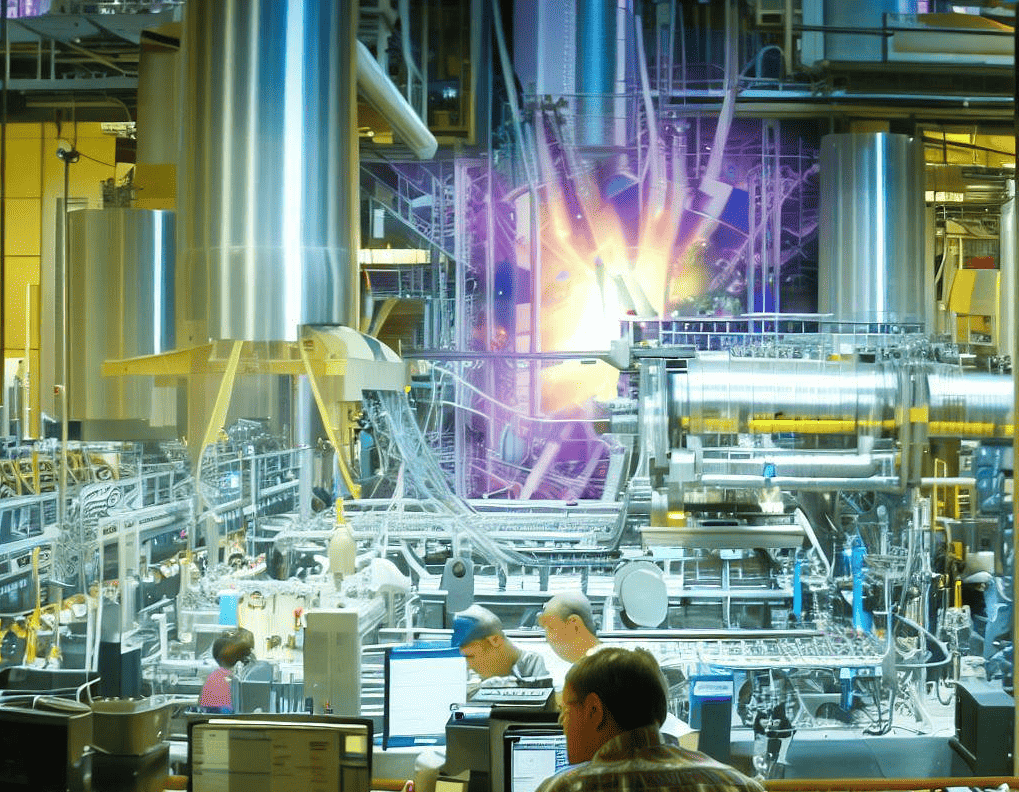
A step towards ITER’s completion
The JT-60SA reactor is a precursor to France’s International Thermonuclear Experimental Reactor (ITER). Despite the challenges faced by ITER, including budget overruns and delays, the progress and insights from the JT-60SA are crucial stepping stones to achieving net energy gain in fusion technology. The partnership can potentially propel fusion to the forefront of the energy sector in the latter half of this century.
EU Energy Commissioner Kadri Simson hailed the JT-60SA as “the most advanced tokamak in the world,” underscoring its significance in transitioning to cleaner energy sources. This international cooperation extends beyond technical achievements, with commitments to enhancing the JT-60SA International Fusion School and ensuring that the next generation of scientists and engineers is equipped to carry the torch of fusion research.
Breaking new ground in fusion
Meanwhile, researchers at the Lawrence Livermore National Laboratory in the United States have achieved a net energy gain using a different fusion method, employing high-energy lasers in a process known as inertial confinement fusion. This landmark success has been celebrated as a giant leap forward, demonstrating that fusion can be a viable source of energy production.
The JT-60SA’s experiments are pivotal, not just for ITER, but for the broader application of fusion power. The research will contribute to the global knowledge pool on harnessing fusion energy. This synergy between the JT-60SA and ITER reflects the global dedication to this transformative energy source.

Italy’s pivotal role
Italy has also played a significant role in JT-60SA’s success, investing 70 million euros and providing critical components and scientific coordination. This contribution underlines the country’s commitment to advancing fusion technology as part of a broader, carbon-free energy strategy. Marc Lachaise, director of Fusion for Energy, emphasized the importance of the JT-60SA facility in deciding fusion’s contribution to a carbon-free energy mix.
The participation of Italy and other European nations in the JT-60SA project is part of a larger pattern of international collaboration in the field of fusion research. The RFX Consortium, under the mandate of the Italian National Research Council (CNR), has been instrumental in developing protection systems for the reactor’s superconducting coils.
Fusion’s potential to reshape energy landscapes
The promise of nuclear fusion extends beyond the technical realm, offering a beacon of hope in the fight against climate change. Fusion reactions produce no carbon dioxide and generate significantly less radioactive waste than fission reactors. These environmental benefits, combined with the inherent safety of fusion reactions, position it as an attractive alternative to conventional power sources.
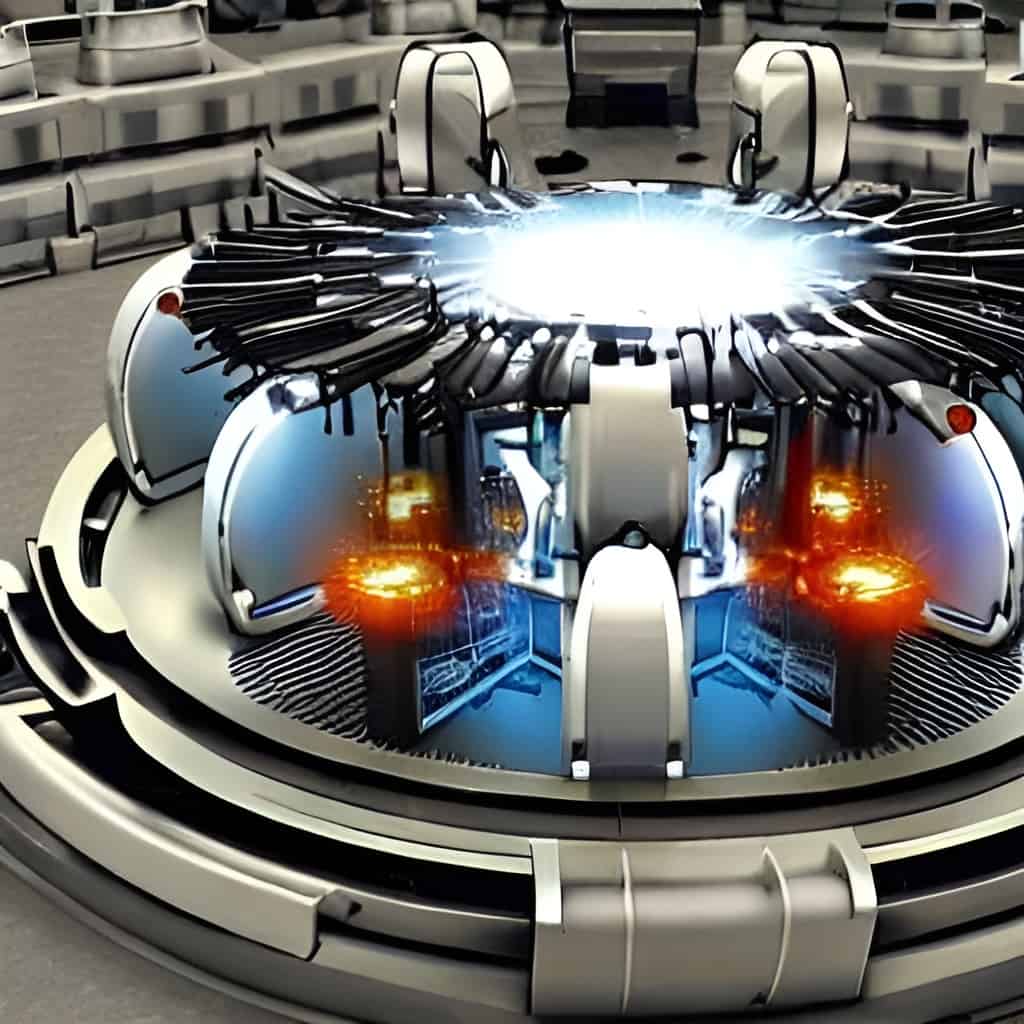
Nations like the United States, the United Kingdom, and China also fervently pursue their fusion programs, recognizing the strategic and environmental imperative of developing this technology. The government’s clear focus on a clean energy strategy in Japan echoes the global urgency for decarbonization. The race for fusion energy is not just about scientific achievement but also about geopolitical and environmental stewardship.
The road ahead for fusion is long and fraught with technical and financial challenges. ITER’s activation date, tentatively set for 2025, remains uncertain due to its complex nature and the vast investment it demands. The path to practical fusion energy, as demonstrated by the JT-60SA, illustrates both the potential and the hurdles of turning this science fiction-like dream into reality.


